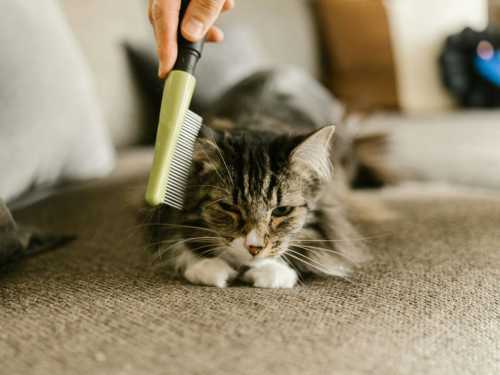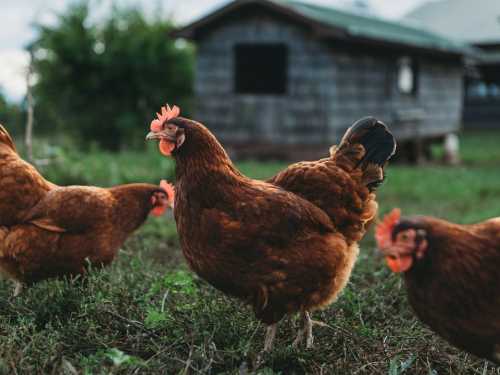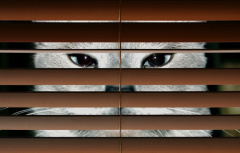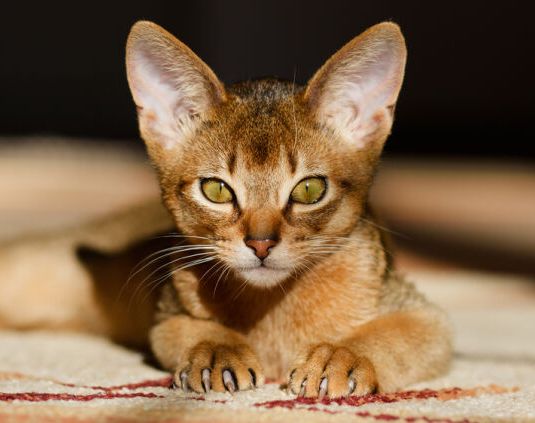
How does autumn shedding manifest itself in pets? Do all cats and dogs shed? How not to confuse shedding with a dermatological disease? And how to save your home (and yourself) from fur?
Do all cats and dogs shed?
Absolutely all dogs and cats shed. Even if you have a hairless pet, there is still some hair on its body – and it is also renewed. However, the severity of shedding is different for everyone. In some pets, it goes almost unnoticed, while others literally cover the entire house with their fur.
How the molt will take place depends on many factors: breed and individual characteristics, nutrition, housing conditions, climate, and stress factors.
When does autumn molting begin and end?
Autumn molting in cats and dogs can begin as early as the first days of September and end in October. But this happens to animals that spend a lot of time outdoors: for example, kept in enclosures. Their body reacts to changes in temperature and shortening of daylight hours – and begins to renew their fur before winter.
In apartment conditions, the molting period can shift by weeks and even months. This is due to the fact that the biorhythms of pets change. In apartments, light and heat, and changes in the weather outside the window do not play a significant role. For the same reason, some pets molt almost all year round, and not just in spring or autumn.
Is it really about shedding?
Before you start fighting shedding, make sure you're dealing with it.
Dermatological diseases, flea infestations, and other ailments that are accompanied by hair loss can all present themselves as shedding. How to tell?
Seasonal molting is a natural process inherent in healthy animals. Some cats and dogs may experience some discomfort during the molting period, but it usually does not affect the condition and mood of the pet. While the disease is accompanied by other symptoms, in addition to hair loss. The pet may feel worse, refuse to eat, be apathetic or even aggressive. If we are talking about dermatological problems, then you can notice a rash, redness, scratching, ulcers on the skin. Fleas present themselves as “black dots” that can be seen on the pet’s skin or on its bedding – these are their excrement.
You should be alerted if your four-legged friend is itching, scratching his skin, if his skin is inflamed. Also, if the animal's well-being has worsened, his temperature has risen, his appetite has disappeared, and his behavior has changed.
If your pet has other symptoms besides hair loss, be sure to contact your veterinarian.
5 ways to beat shedding
So, your pet is shedding and the fur has literally filled the entire house. What to do? You can't “undo” the shedding, but it is quite possible to reduce the amount of hair that has fallen out! You can do it in 5 steps.
Brush your pet regularly and properly
To do this, we buy a tool that is suitable for your cat or dog based on its coat type. It can be a comb, a hairbrush, a brush, a glove, or a furminator.
How often should you brush your dog or cat? It depends on the characteristics of the particular pet. During the shedding period, if there is a lot of hair, you can brush and comb it every day. If the shedding is not severe, you can do with brushing 1-2 times a week.
If you use a Furminator, brushing 1-2 times a week is sufficient. It is not necessary to additionally brush your pet with other tools.
We bathe correctly
It is recommended to bathe cats and dogs once every 21-28 days.
During shedding, you can bathe more often. The main thing is to use appropriate professional products: shampoo and conditioner. Some brands produce special lines for regulating shedding – pay attention to them. Properly selected products will help the coat recover faster.
We stock up on anti-clogging products
Continuing the bathing theme. After washing your fur, there can be a lot of it in the bathtub. To prevent it from clogging the drain and causing new problems, stock up on anti-clogging products in advance.
It is better to choose a line specifically designed to remove fur, including hard fur. Conventional anti-clogging products may not cope. Make sure that there is no chlorine in the composition, so that the pungent smell does not scare away the pet. Such products can be found in pet stores.
Balancing the diet
A cat or dog's diet should be balanced. If the body has enough nutrients, shedding occurs easily, and new fur grows beautiful and strong.
Give preference to complete foods. They contain all the vitamins and minerals that your pet needs. If you follow the feeding guidelines, you won't have to give your pet additional vitamins.
If you prepare food for your pet yourself, be sure to include a vitamin and mineral complex in the diet.
We're going to the spa.
Have you heard of spas for dogs and cats? There are many treatments designed for pets, but we are interested in “accelerated shedding” or something similar: different salons may call the service differently. During the session, a mask is applied to the pet’s coat, the skin is warmed and steamed, and then the coat is combed out. The procedure allows you to remove the maximum amount of dead hair, which makes it easier to care for a shedding pet.





